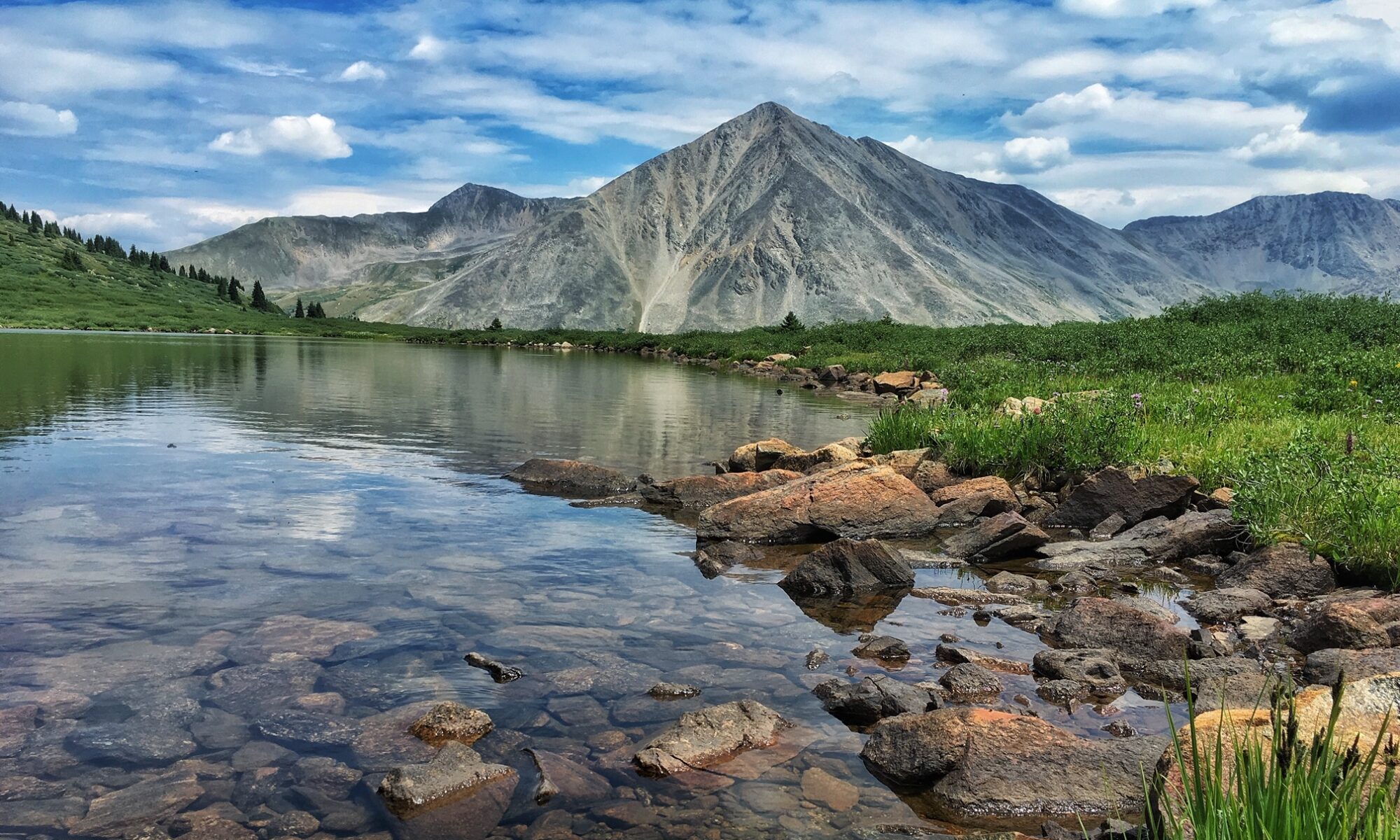My son, Luke, keeps sending me hurtful text messages. These texts contain reports and photos of landing large trout on the South Platte River in Colorado. He has caught several 19- and 20-inchers in the last two weeks. I’m hurt since I’m not there to join in on the fun.
But a comment in one of his text messages struck me. Luke talked about something that made all the difference in landing these big fish. His comment got me thinking about the “difference makers” that lead to success in landing big fish. Here are four that have worked well for me when I have large trout on the other end of the line.
1. Fishing with a heavier tippet.
Go as heavy as you can. I used to think that I always needed a 6x tippet (roughly 3.5 pound test) with a size #18 fly whether a nymph or a dry.
Anything larger risks looking like a rope.
But I’ve had success with a 5x (about 4.75 pound test) and sometimes even a 4x (about 6 pound test) tippet. You can get away with a heavier size if the water is a bit off-color or the current is faster. Choppy current is your friend, too, if you’re fishing dry flies. The trout don’t get as good a look at the tippet.
2. Fighting the brute from the side.
If you’re striking a classic pose for a photo, then I suppose pointing your rod tip to the sky and trying to pull the fish directly towards you makes sense. But if you want to land that brute, you need to try something different.
You want to pull the fish from side to side rather than directly towards you. It is the side to side pressure which works against a fish’s muscles and tires it out.
So, for example, if you’ve pulled the trout to the left for thirty seconds or so, switch and pull it to your right. Go back and forth and you’ll tire it more quickly than you might expect.
3. Setting the drag properly on your reel.
Your fly reel has an adjustable drag — a lever or a dial which determines how much pressure a fish must exert to pull the line out of the reel.
The basic rule is to set the drag’s tension on the light side. However, if it’s too tight, a sudden surge by the fish will snap the tippet. But if it’s too light, the fish will invariably run for cover and snag or snap your line on a submerged branch or other obstruction. I often adjust my drag even as I’m retrieving a fish.
With a larger fish, I will typically tighten my drag as the fish tires and is less prone to make a sudden run downriver. I want to get it in as quickly as possible.
4. Using a long-handled net.
For years I’ve used a small hand-made net by Brodin.
A couple years ago, generous friends gave me a Fishpond Nomad Emerger. I can still clip it to my fly fishing vest, and it doesn’t feel as bulky as it might look. But it has a larger basket as well as a longer handle.
This has been a difference maker when I’m fishing alone. I don’t have to pull in a big trout as close to my body — where bad things tend to happen — with a long-handled net.
This was the difference maker for my son, Luke.
I told him to go buy the same net I’ve been using since he was running into some big fish. He did, and he reported that he would have had a hard time landing those twenty-inch rainbows with his shorter net.







